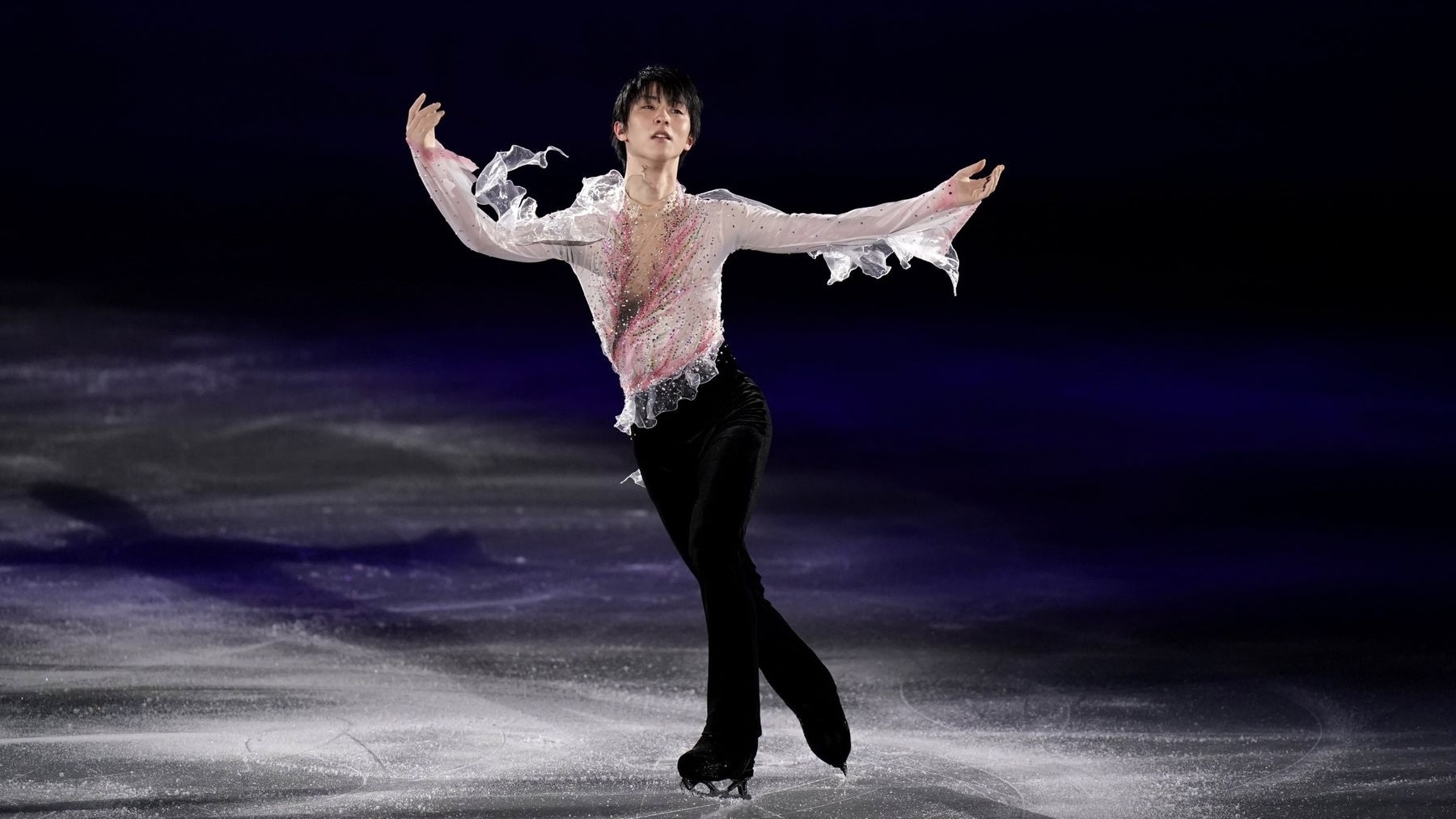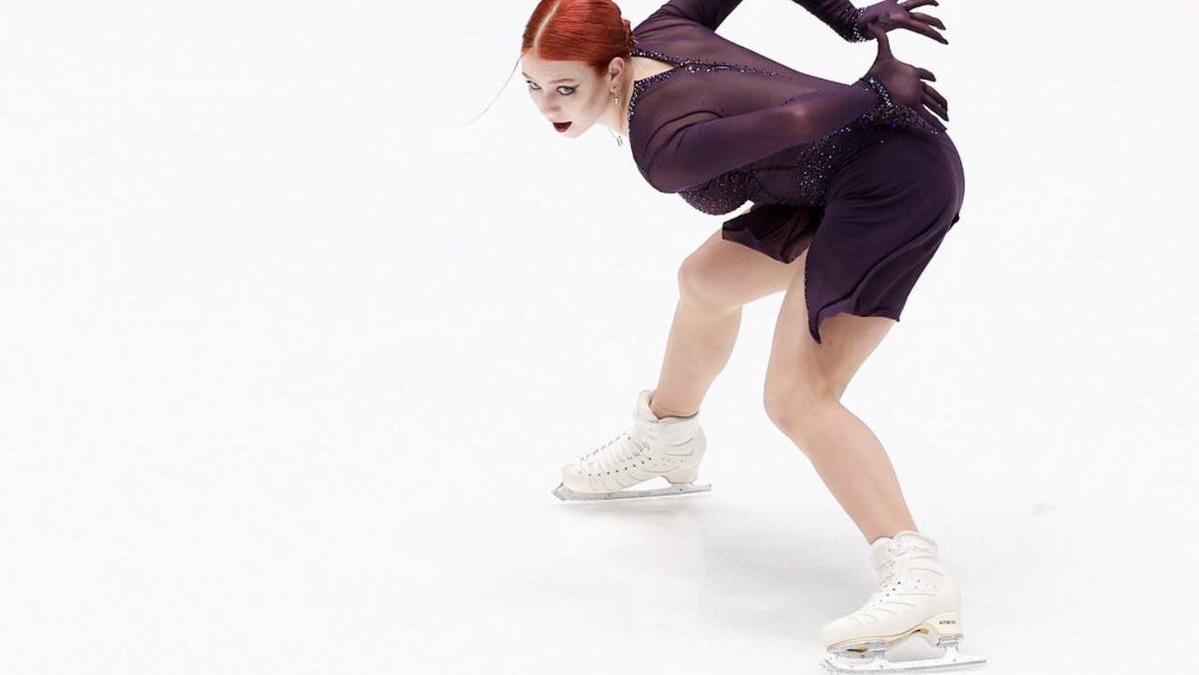January 15, 2025
Alexandra Trusova Expecting a Child
June 08, 2025

The axel jump, named after Norwegian skater Axel Paulsen, is figure skating’s most iconic and challenging jump, known for its forward takeoff and extra half-rotation in the air. Whether aiming for a single axel (1.5 rotations), a double (2.5), or the rare quadruple (4.5), mastering this edge jump demands strength, precision, and finesse. Renowned skaters like Midori Ito, Yuzuru Hanyu, and Ilia Malinin have elevated the axel to new heights, sharing valuable insights through their training and performances. This article offers practical tips inspired by these legends to help skaters conquer the axel, focusing on technique and conditioning for success on the ice.
The axel is unique as the only competitive jump with a forward takeoff, typically launched from the left forward outside edge (for counterclockwise spinners) and landing backward on the right outside edge. Its extra half-rotation—1.5 for a single, 2.5 for a double, 3.5 for a triple—requires exceptional power and control. A 2019 study in the Journal of Dance Medicine & Science found that axel jumps demand 20–30% more rotational energy than other jumps due to their mechanics, testing both physical and mental resilience. Skaters like Ilia Malinin, who landed the first quad axel in competition in 2022, demonstrate the dedication needed to master this formidable jump.
Two-time Olympic champion Yuzuru Hanyu, known for his quad axel attempts, stresses the role of off-ice conditioning in preparing for the axel’s physical demands. His training focuses on core and leg strength to generate the height and rotation essential for the jump. A strong core stabilizes takeoff and landing, while powerful legs drive the upward force needed for clean execution. Regular conditioning enhances balance and coordination, reducing the risk of falls, which a 2020 British Journal of Sports Medicine study linked to insufficient strength training. Hanyu’s approach emphasizes consistent off-ice work to build confidence and endurance, ensuring skaters are physically ready for the axel’s challenges.
Midori Ito, the first woman to land a triple axel in competition in 1988, mastered the axel by honing her edge pressure during takeoff. A deep, strong outside edge is the cornerstone of a clean axel, providing the rotational energy to complete the jump without relying on swinging arms or legs, which can cause a “spinny” jump. Ito’s technique involved pressing firmly into the ice with the takeoff edge, creating a controlled skid that grips without pre-rotating. Skaters should step onto a bent knee, keeping hips stable to avoid errors like an inward-dropping knee, which disrupts the edge. This precision ensures a powerful, controlled launch for a successful axel.
Michelle Kwan, celebrated for her technical consistency and artistry, offers insight into using arm and head positioning to achieve smooth axel jumps. Kwan’s jumps featured fluid, forward-moving takeoffs, achieved by keeping her head oriented toward the jump’s direction and arms aligned narrowly in front. For the axel, stack hands in front of the body before takeoff, pulling them in tightly during rotation to boost angular velocity. Avoid raising elbows too high, which can throw off air position and lead to unstable landings. Kwan’s controlled upper body positioning helps skaters execute a seamless jump that transitions effortlessly into the next element, enhancing both technical and presentation scores.
Nathan Chen, the 2022 Olympic champion renowned for his quad jumps, champions visualization as a mental strategy for tackling complex jumps like the axel. Chen mentally rehearses each phase—entrance, takeoff, rotation, landing—to build muscle memory and confidence. Before attempting an axel, picture gliding forward, stepping onto a strong edge, rotating tightly, and landing backward smoothly. A 2021 Psychology of Sport and Exercise study found that mental rehearsal improves performance by 15%, helping skaters overcome fear and refine technique. Chen’s visualization technique prepares the mind for the axel’s demands, ensuring focus and precision on the ice.
Ilia Malinin, nicknamed the “Quad God” for landing the first quad axel in 2022, emphasizes hip control for a stable axel landing. The jump’s backward landing requires keeping the landing hip closed longer to fully complete the rotation. Malinin’s method involves maintaining a tight air position, with ankles crossed and hips aligned, to prevent opening too early, which risks under-rotation or falls. Skaters should practice staying compact in the air and delaying hip opening until just before landing. This control, as noted in a 2023 Scandinavian Journal of Medicine & Science in Sports study on jump mechanics, ensures a checked landing, boosting scores and minimizing injury risk.
Since Axel Paulsen’s first leap in 1882, the axel has shaped figure skating’s evolution, culminating in Ilia Malinin’s historic quad axel in 2022. Skaters like Midori Ito, Yuzuru Hanyu, Michelle Kwan, Nathan Chen, and Malinin have left a legacy of innovation, inspiring skaters globally. Their tips—conditioning, edge pressure, arm and head alignment, visualization, and hip control—provide a blueprint for mastering this demanding jump. Whether you’re a beginner chasing your first single axel or an advanced skater eyeing a triple, these insights can elevate your performance. Embrace the process, stay resilient, and let the axel become your moment to shine on the ice.
Achieve More With VSA: Boost your skills with world-class coaches for just $29/hour. Perfect for skaters, hockey players, dancers, and athletes, VSA offers personalized training 24/7, 365 days a year, anywhere in the world.
By Vitalina Andrushchenko, Staff Writer

January 15, 2025
Alexandra Trusova Expecting a Child

April 05, 2025
Alexandra Trusova and Makar Ignatov Reveal the Gender of Their Future Child

December 26, 2024
2025 World Junior Championship Schedule